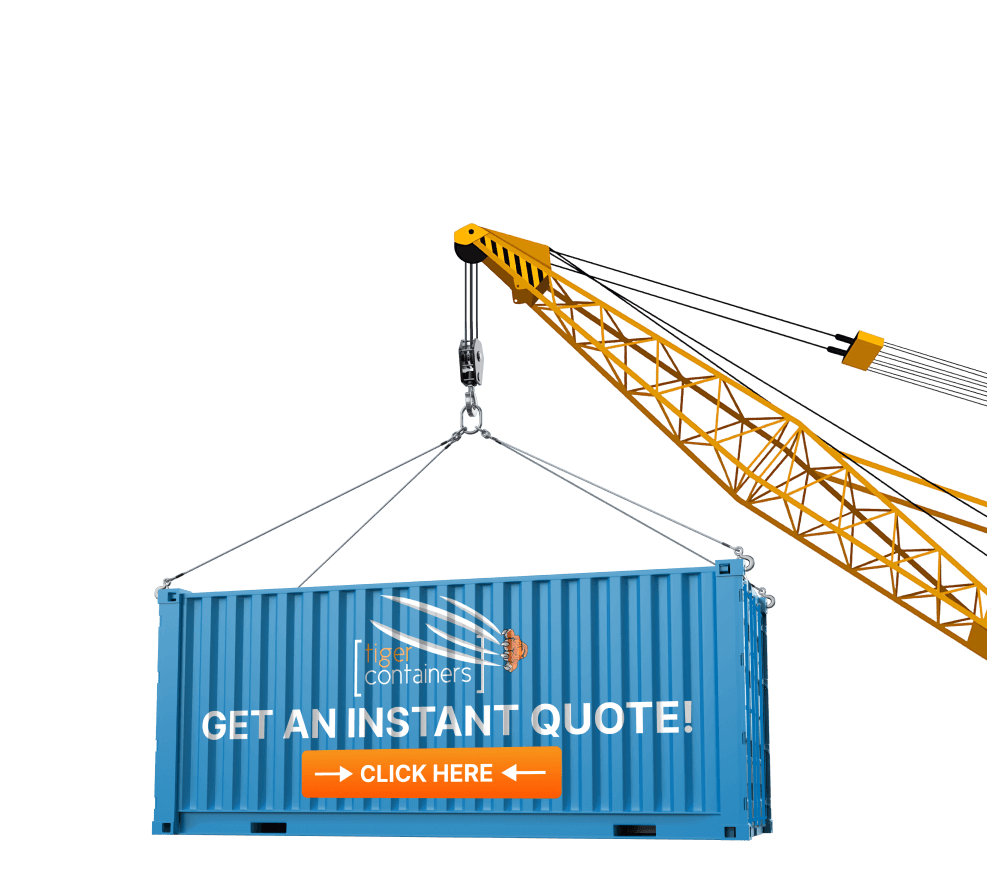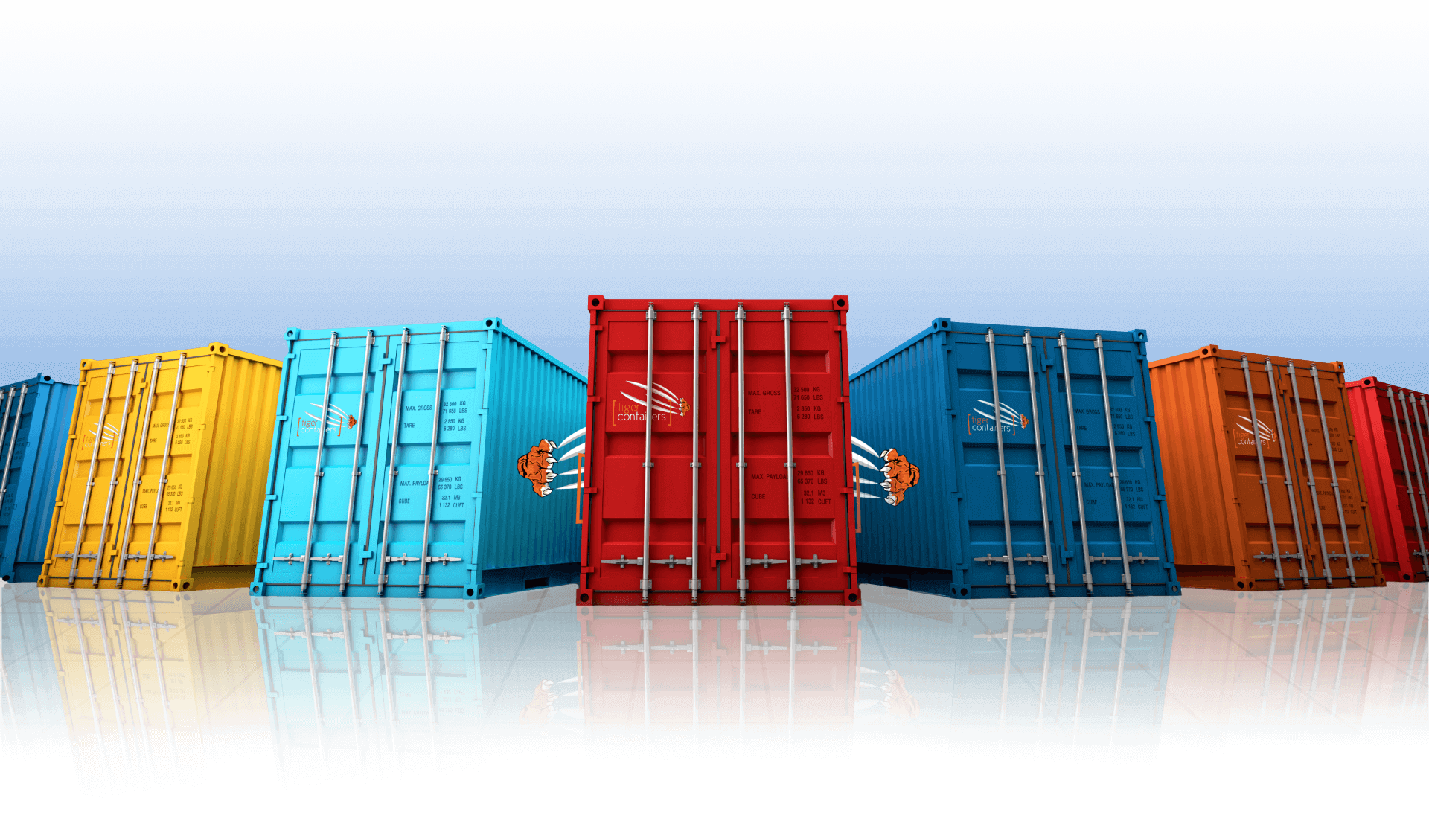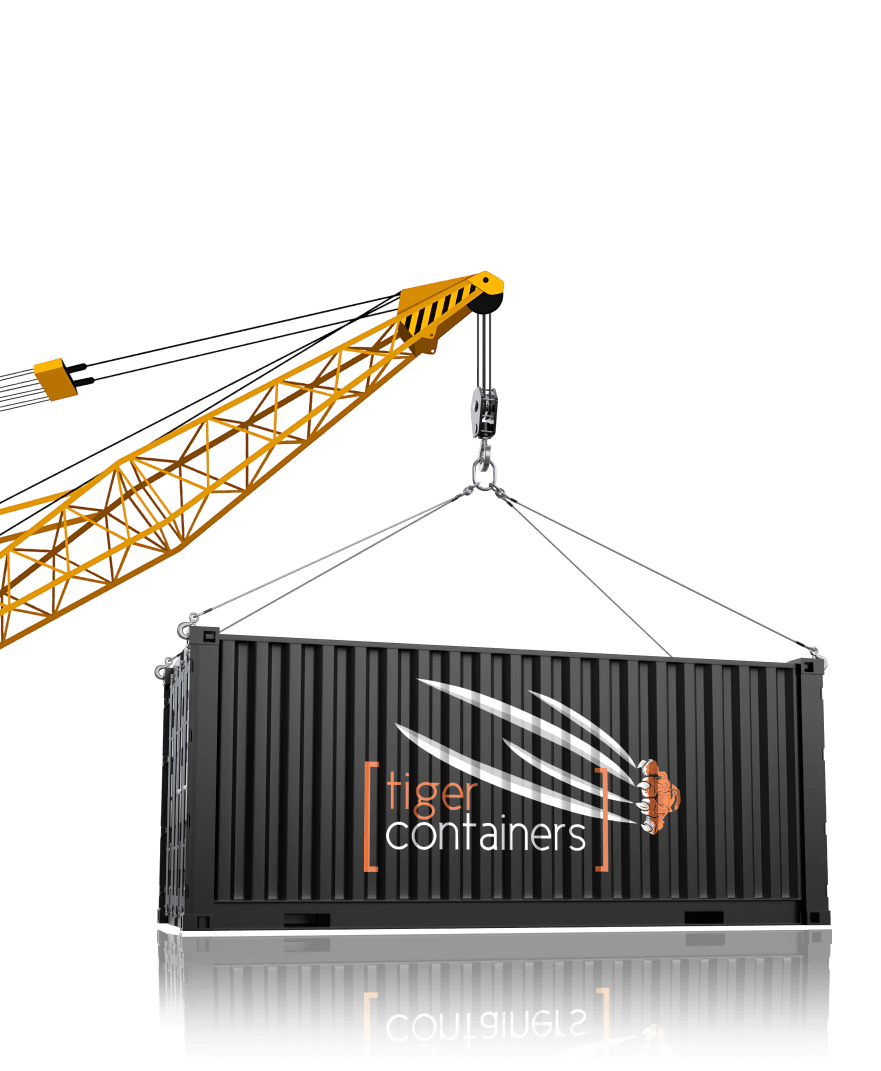Assorted coloured large metal boxes. While that is certainly not a phrase that screams innovation and excitement, shipping containers are proof not to judge a book by its cover.
Despite their outwardly basic appearance, shipping containers have a rather extensive and impressive history contributing to their many uses in today’s society and trade cycle.
The current global trade climate is volatile due to the effects of the COVID-19 pandemic and the subsequent container shortage. However, up until this significant disruption, the shipping container and trade industry were working together so seamlessly that they essentially flew under the radar of the public eye.
TRADE BEFORE THE STEEL CONTAINER
Trade existed before the use of shipping containers, However, in an extremely different and far less global manner.
Since the dawn of commerce, people have been utilising items like boxes, sacks, barrels and containers of various sizes and materials to transport goods over distances in the act of trade.
In 1600 BC Egypt, Phoenicians ferried wood, fabrics, and glass to Arabia in sacks upon camel driven transportation. Hundreds of years later, such innovation was continuing to be performed by the Greeks, using ancient storage containers known as amphorae to transport wine, olive oil and grain on triremes (ships) that served the Mediterranean and neighbouring seas.
Trade continued to grow more advanced, and countries worldwide found new ways to innovate the transportation of goods. However, the process of loading and unloading goods remained highly labour-intensive, time-consuming and costly because of the inconsistency of the transportation methods.
The act of loading barrels, sacks, and wooden crates that carried the goods onto docks waiting to be transferred to ships was called break-bulk shipping. It was an extremely long process, and as a result, ships often spent more time at the ports waiting to be loaded and unloaded than actually at sea. This meant that transporting any raw materials or non-perishable items was nearly impossible, as they couldn’t survive such long journeys in these unsuitable conditions.
As goods came packed in all different shapes and sizes, it often meant that space on a ship could not be effectively utilised, wasting a lot of cargo space and creating weight and balance issues. During this period, goods were often experiencing damage or theft during handling because of the inconsistent systems and procedures.
BIRTH OF THE SHIPPING CONTAINER
With clear issues and faults with the existing trade procedures, American entrepreneur Malcolm McLean revolutionised the shipping and trade industry in 1956.
For many years, Malcolm noticed prominent issues when transporting his own company’s cargo quickly and efficiently onto shipping vessels. As a result, he began working with engineer Keith Tantlinger to brainstorm a better mode of transport for goods, and ultimately, engineer the world’s first shipping container.
At the time, and still today, it remains an incredible invention that eliminated wasted space aboard vessels and cut down labour loading times by up to an impressive three weeks. Most significantly, however, the introduction of the shipping container meant that cargo could be seamlessly transported between road, rail, and sea.
THE FIRST SHIPPING CONTAINER
Despite the ingenious nature of Malcolm’s invention, like any new resource, it was a work in progress.
The first shipping container was also classified as intermodal cargo transportation, allowing containers to be stacked on the ship’s deck for faster loading and unloading, and secure transportation. McLean called this original project ‘Ideal X’.
Mclean then continued to work on his passion project and developed the system he called fitting” that allowed containers to be lifted and fixed onto other objects like vehicles or even one another for greater security and efficiency. This was a significant improvement to the invention as it considerably lowered loading costs. Specifically, loading costs went from $5.86 per tonne during the 1950s to today’s value of just $1.60 per tonne of cargo loaded.
1968 CONTAINER EXPANSION
Despite being identified as a game-changer when first invented, the container revolution truly took off in 1968 after intermodal shipping was tested and proven to the public eye. Other fleets began adopting McLean’s method.
Shipping container fleets began to expand, rapidly reaping this new invention’s rewards. So much so that the intermodal method became the default shipping and storage method used widely across the shipping industry.
Not only did it increase the widespread adoption of the shipping container, but it inspired other developments. This included the development of the first quayside container gantry crane called the ‘Portainer’, which was used to massively lower loading times and costs of loading and unloading shipping containers.
A TRADE REVOLUTION
Despite Malcolm McLean inventing the standard cargo container, which we know today, in 1956, the US military was also exploring the use of small standardised containers during World War II. They intended to transport guns, bombs, and other materials to the front lines more efficiently. However, they did not make any major or widespread inventions like McLean.
Since the introduction of standardised container methods in global trade, the loading and unloading of ships and trains are now partially mechanised. As a result, transferring is much more seamless, and other essential factors of trades can be prioritised. Products could not remain in their original containers from the point of manufacture to delivery, ultimately reducing costs in terms of labour and significantly minimising their risk of damage and theft.
The containers during this time were initially designed and built at a length of 33 feet and typically all had the same measurements. However, they have since increased to different varieties of 35 feet, by 8 feet wide, and other alternatives depending on global trade requirements. The different sized options dramatically enhance the opportunity for these containers, not to mention their durable steel material meant the goods remained protected from thieves.
These days, not much has changed for shipping containers in terms of their structure. They remain made with the same quality materials, and on average, ships can handle more than 16,000 containers on a single journey, optimising the trade cycle.
What has changed is now the uses for shipping containers. While despite the COVID-19 interruptions, the shipping container industry is otherwise thriving, they are now additionally being used for personal DIY projects and various infrastructure.
The simplicity and durability of shipping containers make them innovative and practical beyond imagination, and why they are unlikely to become irrelevant any time soon. Not to mention, their impressive history makes their invention and sustainability even more valuable.
For more information on how to use, transport and optimise your shipping container, or if you are interested in purchasing one, contact Tiger Containers today. We work closely with the humble shipping container and seek to help you with all of your supply needs.



























